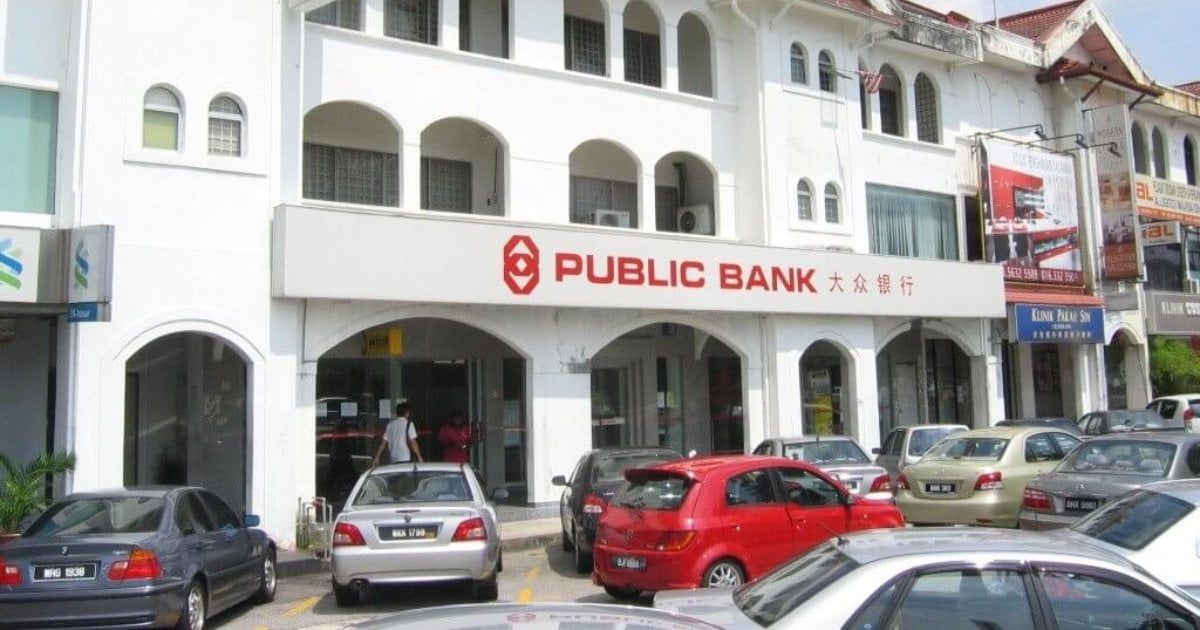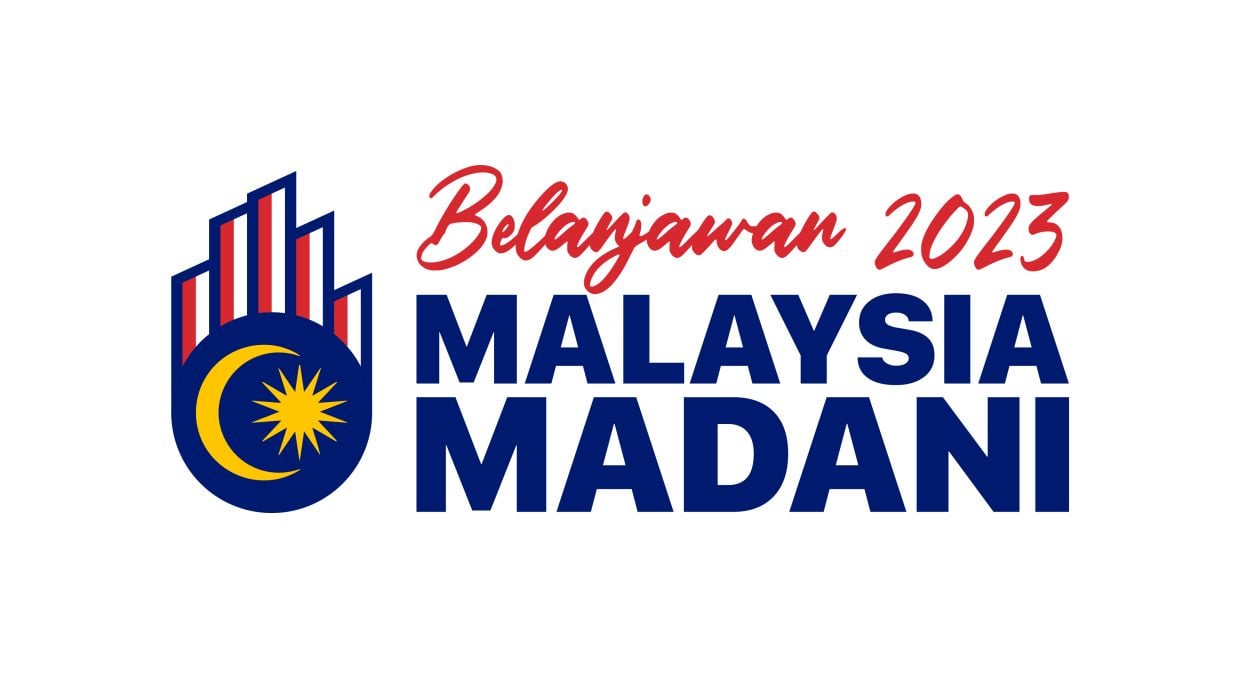Hann Liew
13th August 2020 - 9 min read

It’s been 5 months since Covid-19 gripped our nation, causing us to be on some form of lockdown (MCO, EMCO in some places, CMCO, and now RMCO), ripping away at supply chains and consumer/business demand. It was a particular nightmare for SMEs in Malaysia, as they were the most exposed to the effects of the pandemic.
What’s worse was the fact that most SMEs don’t (or can’t afford to) have a financial “parachute” for events like these. When we surveyed Malaysians with businesses earlier this year after the start of the first MCO in March, we found that over two-thirds of business owners only had cash reserves to last them for 3 months or less.
As an SME owner, angel investor and startup mentor myself, I have been asked by many fellow business owners on advice on how to manage during this time. Although the government has announced several (and on a piecemeal basis) relief measures for SMEs – check out all the Prihatin and Penjana stimulus packages for businesses – the common questions I keep getting from those business owners are:
- Should I take Government Scheme X?
- Should I apply for Scheme Y vs Loan Z?
- Should I shut down or keep going?
- What does Pivoting my business or New Normal mean?
I don’t have all the answers, but I hope I can give some helpful ideas and frameworks to all business owners out there, insights from the finance world with RinggitPlus as well as being involved (as a mentor/investor) in many business industries (F&B, e-commerce, finance, media, technology, logistics, and manufacturing) over the last 10+ years.
TLDR: Not all SMEs were the same going into this pandemic-induced economic crisis, and not all will be the same coming out of it. As a business owner, some of your steps to survive will depend on whether you have a liquidity or solvency issue – those 2 situations are very different.
Fix liquidity issues with grants & loans, fix solvency with deleveraging & pivots.
Financial Issue or Business Issue? Or Both?

While business issues will almost always certainly lead to financial issues over time, it’s important to understand if the Covid-19 pandemic or the xMCOs (x can be E or C or R as appropriate) have impacted either your overall business or your short-term financial position.
But Hann, what’s the difference?
If your company has a sizable (many-months or multi-year) cash reserve to pay for operational costs but have seen sales & profitability drop during the last 3 months, you have a business issue but not a financial problem (yet).
If your company is not impacted by Covid-19 or the xMCOs directly, and so your business is doing fine/better during this time, but are being asked to give longer credit terms to your customers (whom are having cash-flow issues), then you have a financial issue but not a business issue.
If your company has seen significant drops in sales / profitability, will continue to be impacted by consumers’ and businesses’ reluctance to spend, and do not have a large cash reserve (<6 months), then you have both a business issue and a financial issue.
For this column, I’ll focus on how to tackle financial issues, as business issues can be very specific to your individual businesses – I’d be happy to take any questions in the comments below or over email.
Finances: Do you have a Liquidity or Solvency issue?
Without getting bogged down into accounting terminology, the best way to describe the difference between Liquidity and Solvency is Short Term vs Long Term.
| Liquidity vs Solvency | Liquidity | Solvency |
| Official Definition | A SME’s ability to pay off its current liabilities with its current assets | Is an SME’s ability to pay for long-term debt in the long run |
| Layman Definition | How easily you can pay your vendors and staff from your incoming customer collections and current cash balance. | If you sold off all your assets to pay for your loans, would you have any money left? |
| Timing of issues | Short-term issue | Long-term sustainability issue |
| Cash | When people refer to “Cash Flow Issues” | When people refer to “Profitability” or “Sustainability” |
| Severity | Can be serious, but can be solved with financing alone. | Critical, need both a business change and a financing solution |
How to fund your business through this time?

Metaphorical Funding Waterfall
Regardless of whether you have a liquidity issue or a solvency issue, for Malaysian SMEs I would recommend going through what I call the SME Funding Waterfall, and only stopping halfway down the waterfall if you have solvency issues (because you cannot solve solvency issues by raising debt or equity).
What is the SME Funding Waterfall and how does it work? The main principle is to raise money as relevantly and cheaply as possible first, before “going down the waterfall” to more expensive options (from a rate or relevancy perspective).
The SME Funding Waterfall:
- Customers
- Vendors
- Grants
- Invoice/PO Financing
- (Stop here if you have a Solvency Issue, continue if you have just a Liquidity issue)
- Soft Loans
- SME Loans
- Equity
1. Customers
So, you have both liquidity and solvency issues, and cannot continue operating (whether it’s buying materials for the product you’re selling, or paying staff who are providing services) without short term-funds, how would you raise money from customers? Pre-selling is the most business-relevant and cheapest way to do this. Can’t request full pre-payment? Start with 20% or 50% or whatever you need to get going. If you’re needing the full 100% to “get started”, you probably need to review your product/service margins…
This stands at the very top of the waterfall as it is the simplest option to inject some liquidity into the business. Pre-selling products isn’t as uncommon as you think – there’s a reason why even established companies go crowdfunding sites like Kickstarter for new products. On the local front, we’ve also seen local SMEs offering pre-sale offers as well as store credit at generous discounts – all with the goal of raising liquidity to overcome short-term financial issues.
2. Vendors
Outright requesting discounts (which helps both the business and financial situation) – or longer payment terms (which helps the financial situation) – might be difficult for some to do. But, if your SME buys products and services from larger businesses, any amount that you can get with longer terms is basically 0% interest working capital for the duration. So an extra 30 days repayment term is an extra 30 days of funding your expenses for 0%.
3. Grants
Most people assume grants from governments (usually with milestones or job creation caveats) or corporates (usually to develop products or R&D) are ‘free money’. While they are certainly “free” in that you don’t have to pay them back in RM, they usually come with conditions to activate this “freeness”.
I would advise SMEs looking to go this route to be a little careful to ensure that the grants are relevant to their business. Don’t solve a financial problem just to create a business problem down the line.
4. Invoice / Purchase Order Financing
These are usually offered by banks, P2P lenders, or other financial institutions against your customer orders. Invoices are legal documents that compels your customers to pay you, usually with terms (say 7 days, 30 days, or even 90 days). While they are usually expensive on a per annum basis (ie can be 6-12% p.a.), they can be useful because they are done on a short-term basis and have very flexible repayment terms.
Waterfall mid-point – stop here if you have a solvency problem, the next few steps don’t help you solve that, they will just kick the can down the road.
5. Soft Loans
“Soft loans” are loans which are either cheaper (in % terms), or more flexible (in repayment timelines or initial moratoriums) than the market benchmark for loans or a similar ilk. Examples include the Special Relief Fund (SRF) through the Prihatin Stimulus Package, and the Penjana SME Financing (PSF) that was part of the Penjana Economic Recovery Package. Both the SRF and the PSF offered up to RM500,000 per SME at a flat rate of 3.5% p.a..
At the moment, anything 3% flat p.a. and below for SMEs are considered below market, along with initial moratoriums (no need to repay for the first X months), so keep that in mind when determining if a loan is ‘soft’ or not.
6. SME Loans
Exactly what it says on the tin. Get an SME loan (either HP financing or clean term loans) for the purposes that you need them for. Rates are anywhere from 3-12% p.a. flat, which makes them the second most expensive form of raising funds for your SME.
7. Equity / Shares
Issuing shares or raising equity is frequently seen to be the first option for SMEs, because they are seen to be “lower cost than loans” (i.e. no interest) or “no need to pay back” like grants. In financial terms however, if you have a growing business which is only set back by temporary financial issues (i.e. cash flow and not profitability), then it’s actually the most expensive form of financing.
To give you a sense, if your business (either revenue or profitability) grows by more than 12% a year, then raising equity would cost you far more than even the most expensive of SME loans.
Final words

Remember the waterfall. Good luck, prepare your financing options now, don’t get caught flat footed by another MCO (or even EMCOs in your locality).
If any SME owners out there have a specific issue or are grappling with a business or financial problem, I’m more than happy to help, or lend an ear, just drop me a question in the comments below or shoot me an email!








Comments (0)